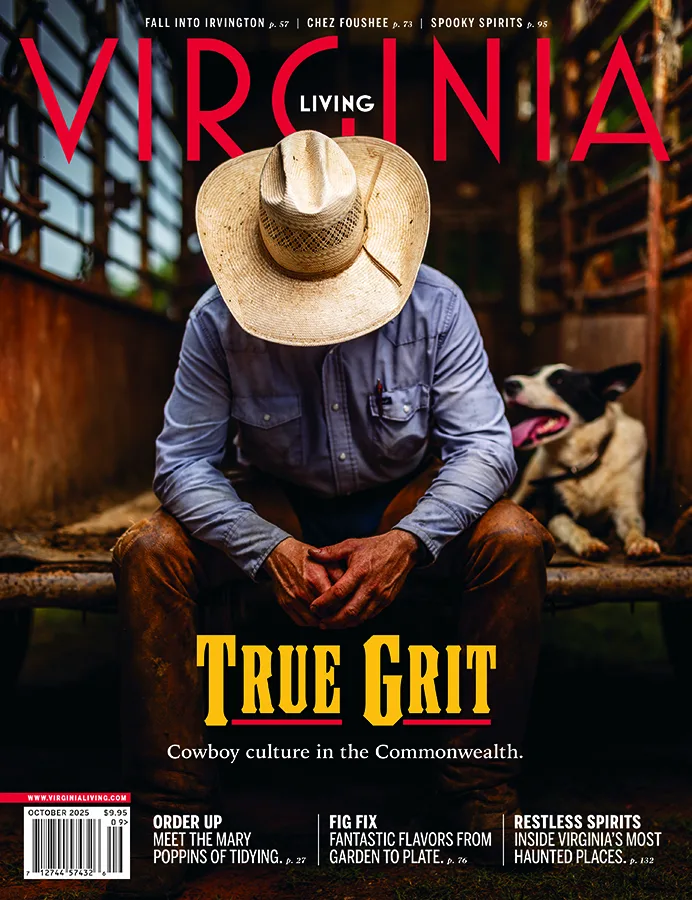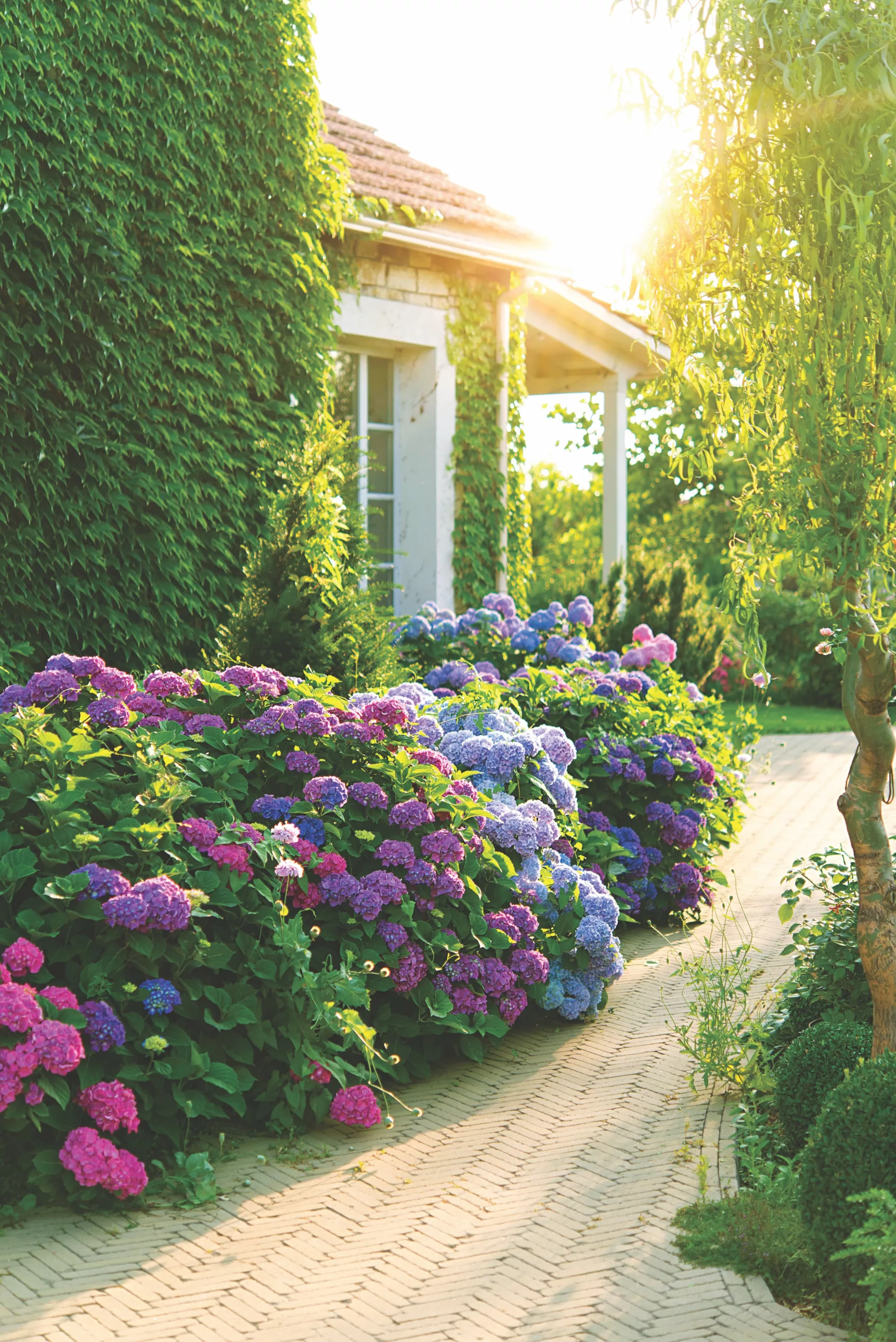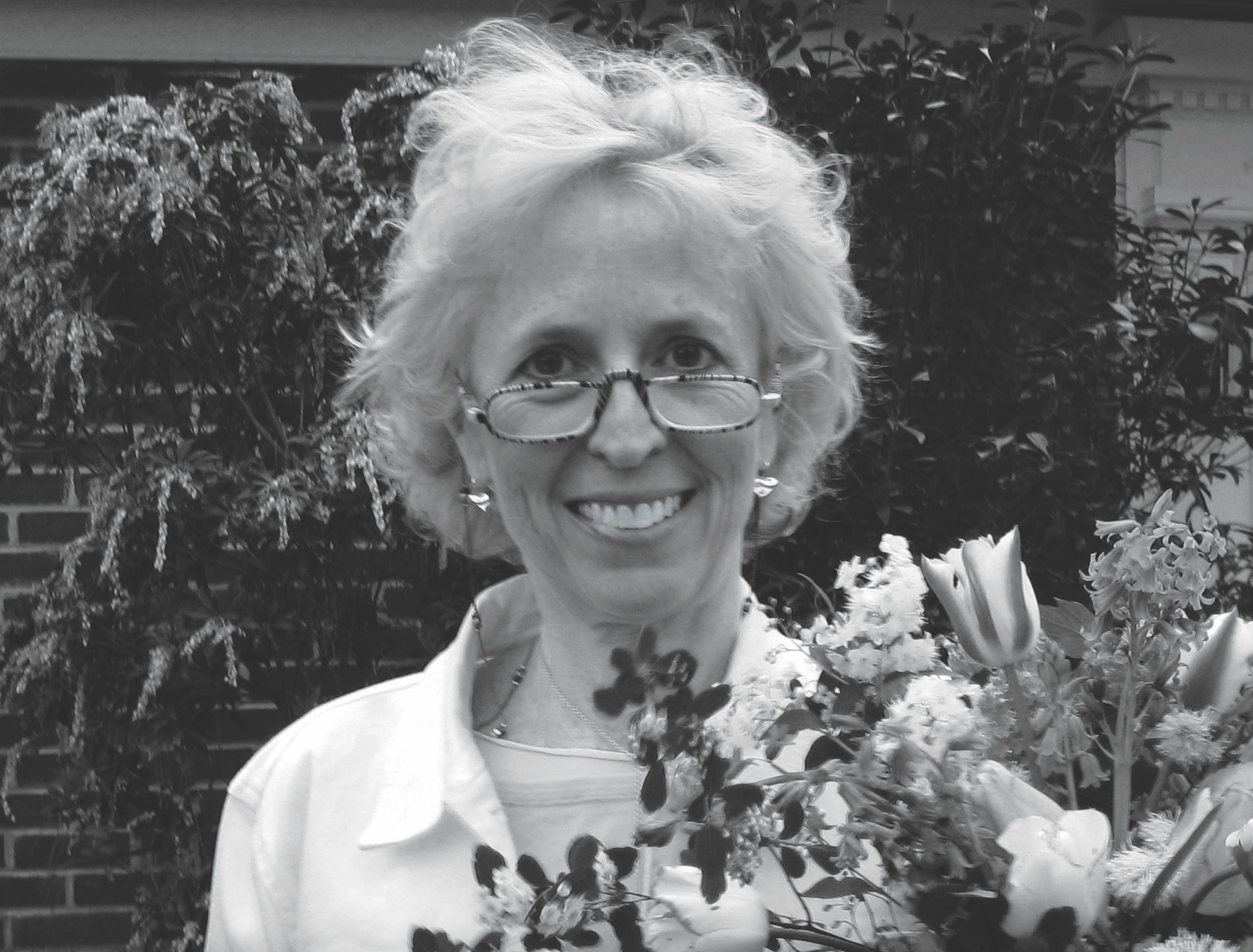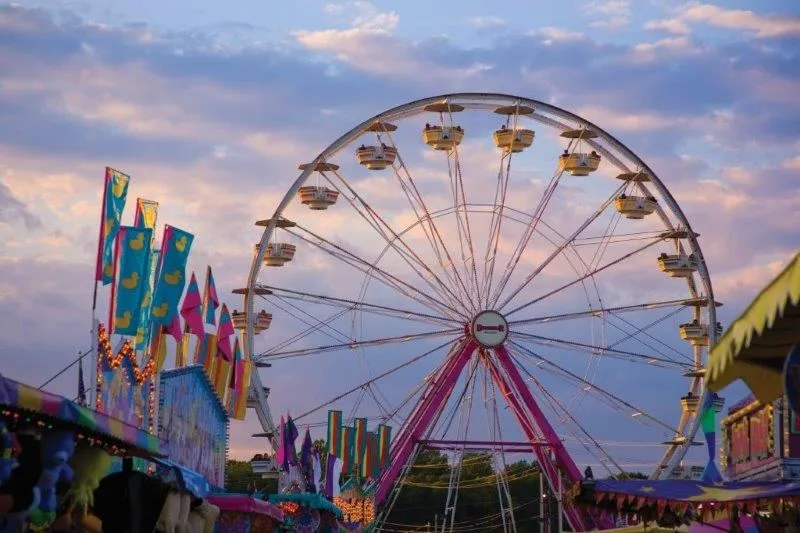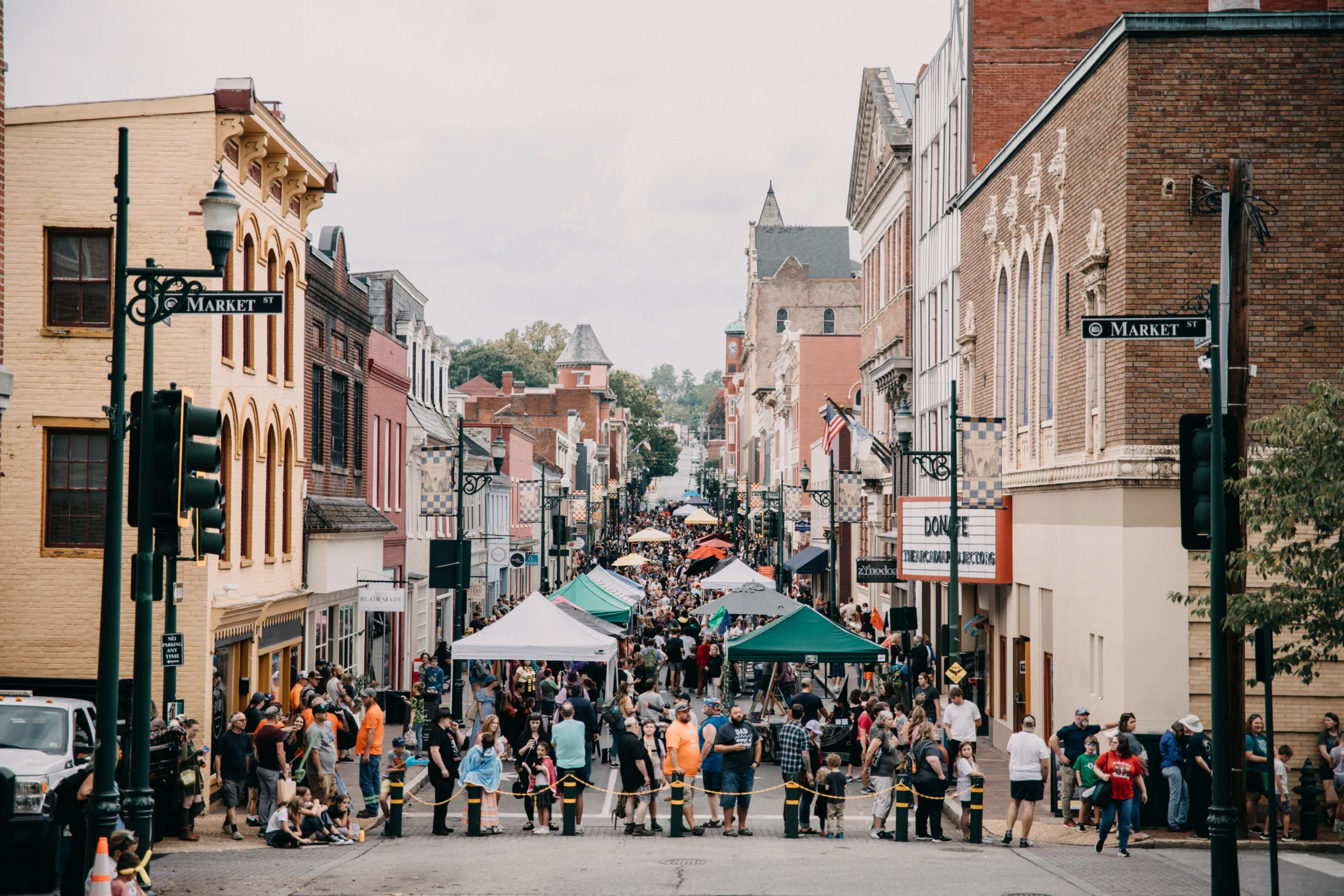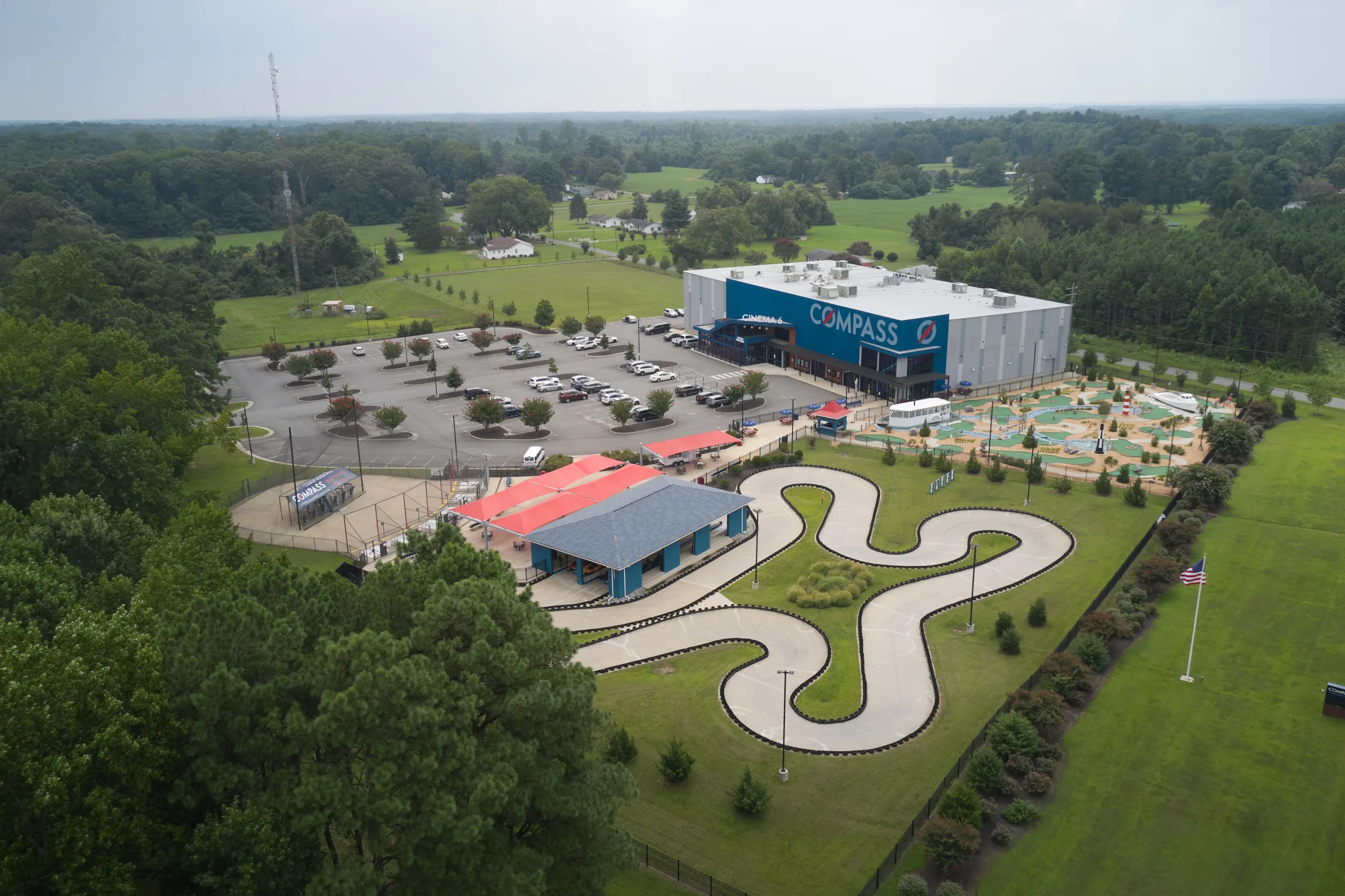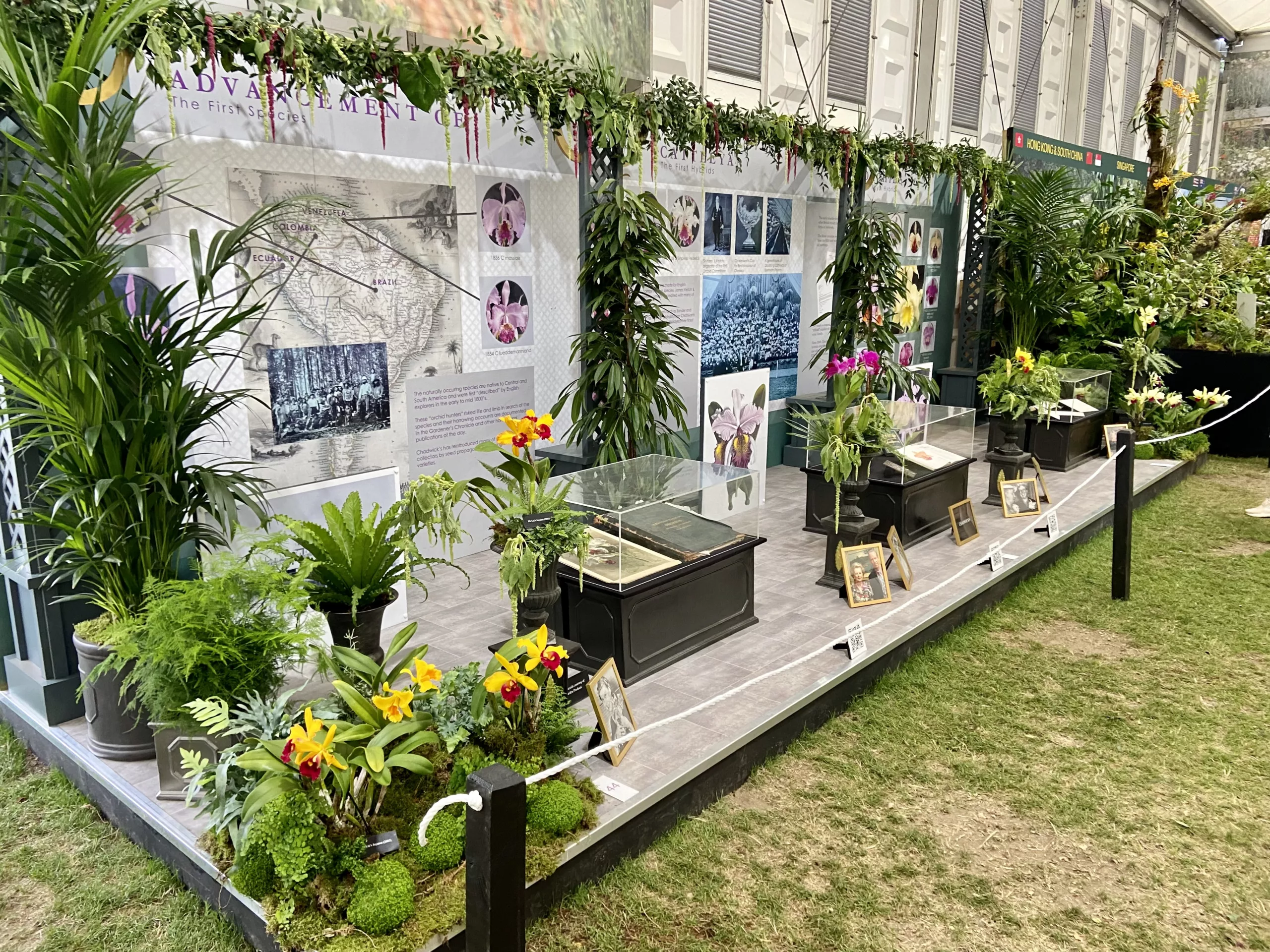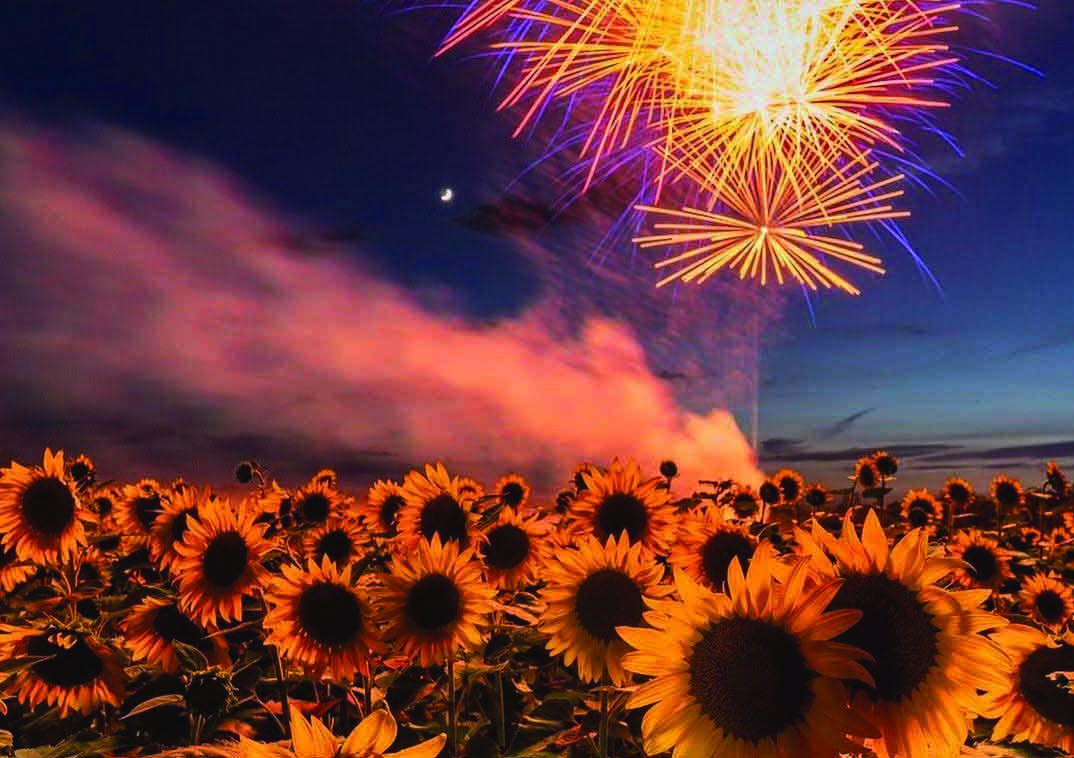Capturing the sea & sky in Virginia landscapes.
KEY:
N: Native
A: Annual
E: Ephemeral
🦋: Pollinator
☼: Partial Sun
P: Perennial
S: Shrub
V: Vine
🔆: Full sun
⚘: Cut flower
Tp: Tender perennial
B: Bulb
🪴: Container
☀: Shade
Baptisia: Though this tough perennial is not native, it’s irresistible to bumblebees, in particular, who appreciate its sturdy structure while they search for nectar. Making a commanding presence in any garden, its gray-green foliage is crowned by dramatic indigo spires each spring, followed by black seedpods for winter interest. Unbeatable in arrangements. P 🦋🔆☼ ⚘
Blue-Eyed Grass: Sisyrinchium angustifolium is only a grass in name. A member of the iris family, this low-growing perennial lights up any landscape, making delightful displays along garden paths or the front of borders. The low mounds are often completely covered with small true-blue to lavender blue starry flowers in springtime that often rebloom later in the season. N P 🦋⚘
Clematis: Known as the “Queen of Climbers,” no garden is complete without these blooming beauties that offer a wide variety of shapes, bloom times, and colors. Blues vary from sky blue to deep purple. Grown on trellises, arbors, fences, or even in containers, they’re a favorite for vertical accents in gardens. C. virginiana is native with white flowers. 🪴🦋🔆P V
Eastern Bluestar: The species Amsonia tabernaemontanai, also known as Chesapeake bluestar, is a Virginia native perennial that boasts fine-textured leaves, blue flowers in spring, and showstopping yellow fall foliage. Unlike the often-misrepresented Oklahoma-native Amsonia hubrichtii, this tough and adaptable plant supports local pollinators in its indigenous Chesapeake watershed habitat. N P ☀ ☼ ⚘ 🦋
Hydrangea: While two species of hydrangea are native to Virginia (smooth, H. arborescens and oakleaf, H. quercifolia), the hydrangeas that change color (blue and pink), H. macrophylla and H. serrata, are not native. Nevertheless, they make happy additions to any garden, and are unbeatable for flower arranging. S ⚘ ☼ ☀ P 🪴
Muscari/Grape Hyacinth: In a myriad of blue flower clusters—cobalt, violet, Carolina, purple—these tiny blooming powerhouses transform spring gardens with their grape-like blossoms and sweet fragrance. They make great neighbors, multiply, and fit into any garden space. B P 🔆☼ ⚘ 🦋
Don’t miss the Virginia Wildflowers website, where you can target blue flowers as a search category. To take a shortcut, read on:
Salvia: While Salvia lyrata is native, a stronger blue alternative, the popular ‘Black and Blue’ cultivar (S. guarantica) is not. Even so, it is known for its striking combination of cobalt blue flowers and nearly black calyces and stems. This cultivar is a tender perennial, often grown annually in colder climates. Tp 🪴 🔆⚘ 🦋
Virginia Bluebells: Mertensia virginica is a native ephemeral wildflower. Found in moist woodlands and floodplains, it’s an herbaceous perennial that’s a favorite of bees, butterflies, moths, and hummingbirds. While its beautiful blue flowers are bell-shaped and fragrant, it sadly makes a poor cut flower. N Tp E ☼ ☀ 🦋
Allum: If you’ve ever cruised along the Colonial Parkway in the spring, you might have noticed a proliferation of what’s unceremoniously called the Yorktown Onion. These majestic magenta orbs wave in the fields that line the parkway and are vestiges from centuries gone by. The species A. ampeloprasum is available at Brent & Becky’s Bulbs, which also carries dozens of other varieties in all sorts of blue hues with different heights and blossoms that make dynamic additions to any garden. P B 🦋🔆⚘
Columbine: Aquilegia caerulea, or Rocky Mountain Columbine, is notable for its showstopping blue and white flowers. Native to the higher elevations of the intermountain West, is best suited to mountain gardens with cool nights, although it can be tolerant to Zone 8. P ☼🦋
Gentian: The Betty Ford Alpine Gardens in Vail, Colorado, is a 4-acre oasis in the midst of this very posh ski resort. Catch it at the right time, and wafts of blue gentian are almost so brilliant you might think they’ve somehow electrified the blooms. Here in Virginia, growing blue gentian is a must for lovers of blue—like stiff gentian (Gentianella quinquefolia) or close bottle gentian (Gentiana andrewsii). P N 🦋🔆
This article originally appeared in the August 2025 issue.
